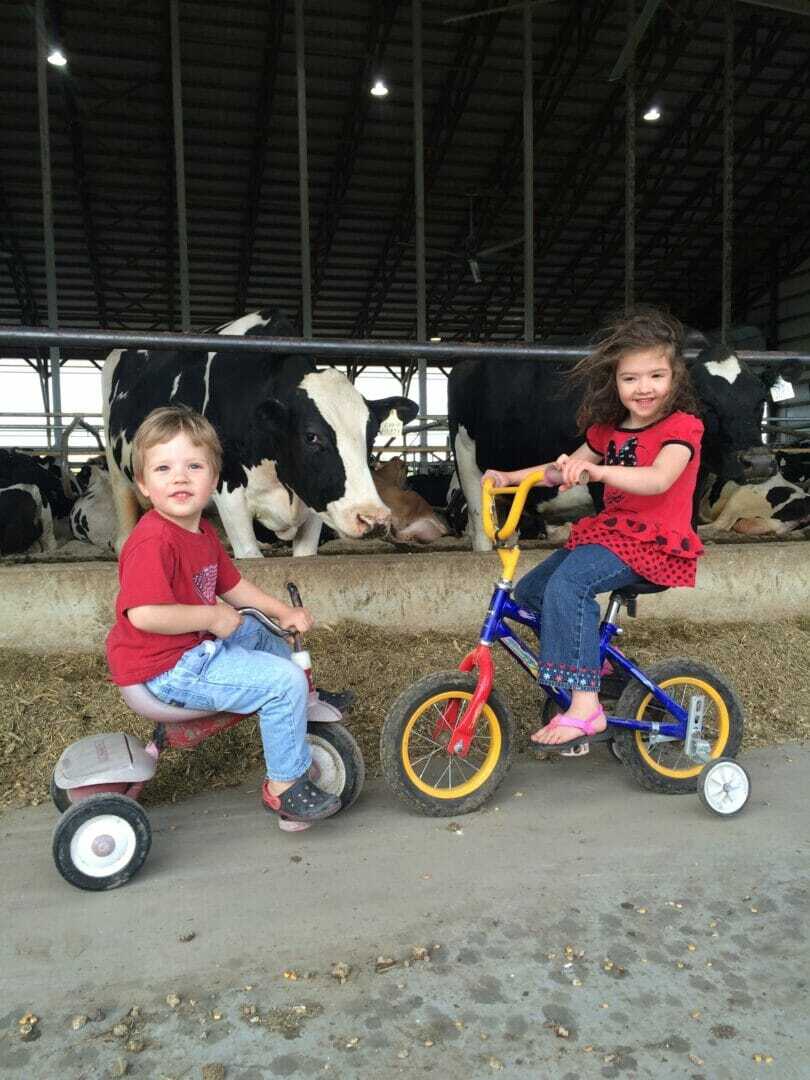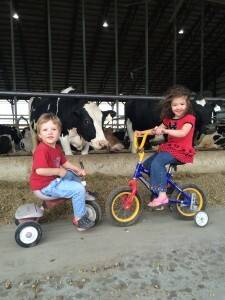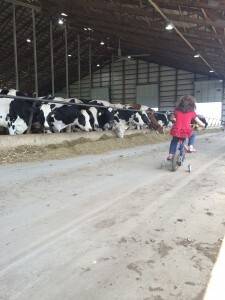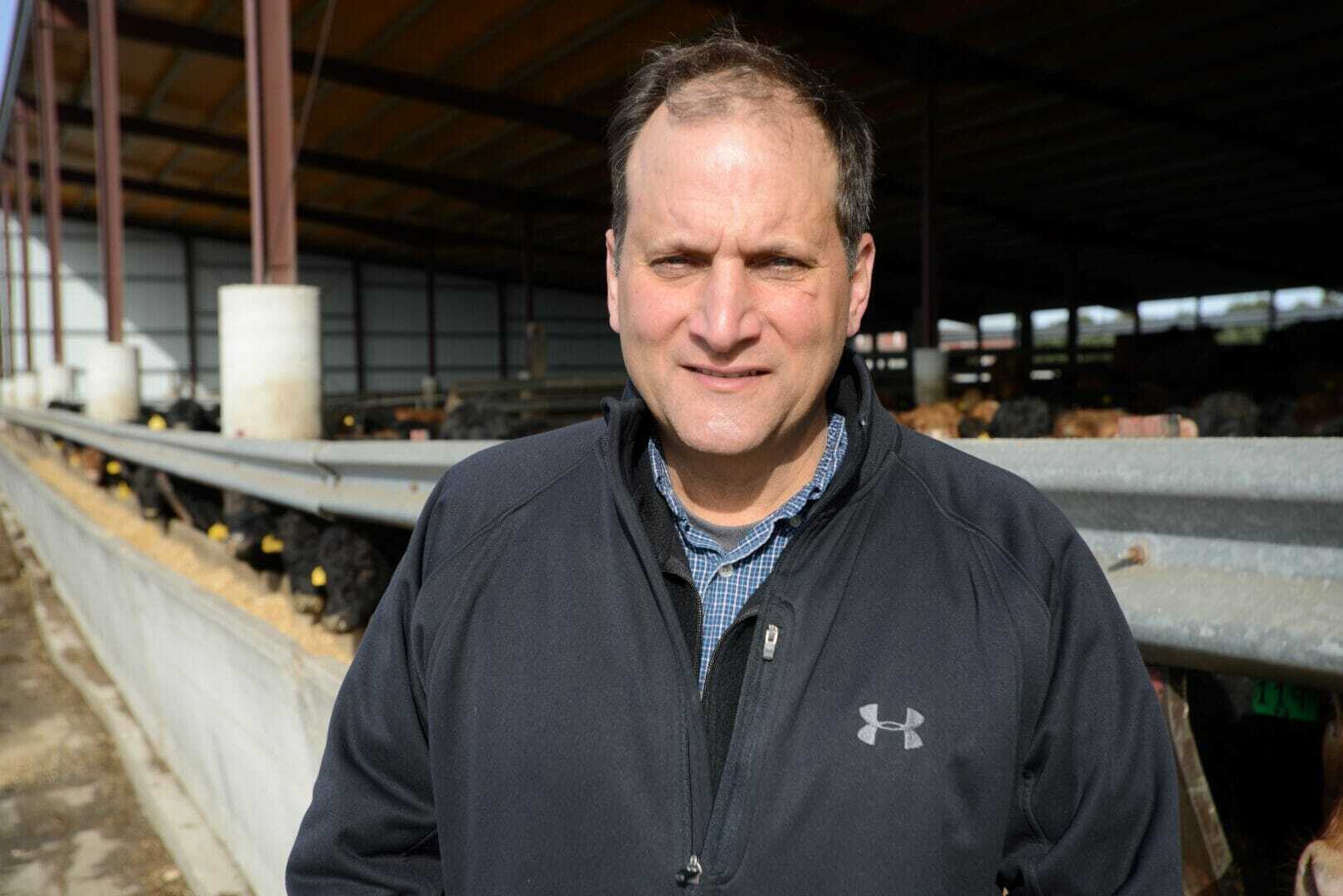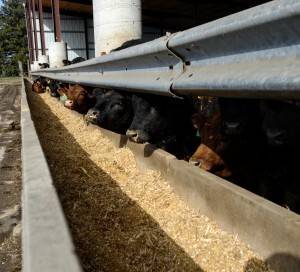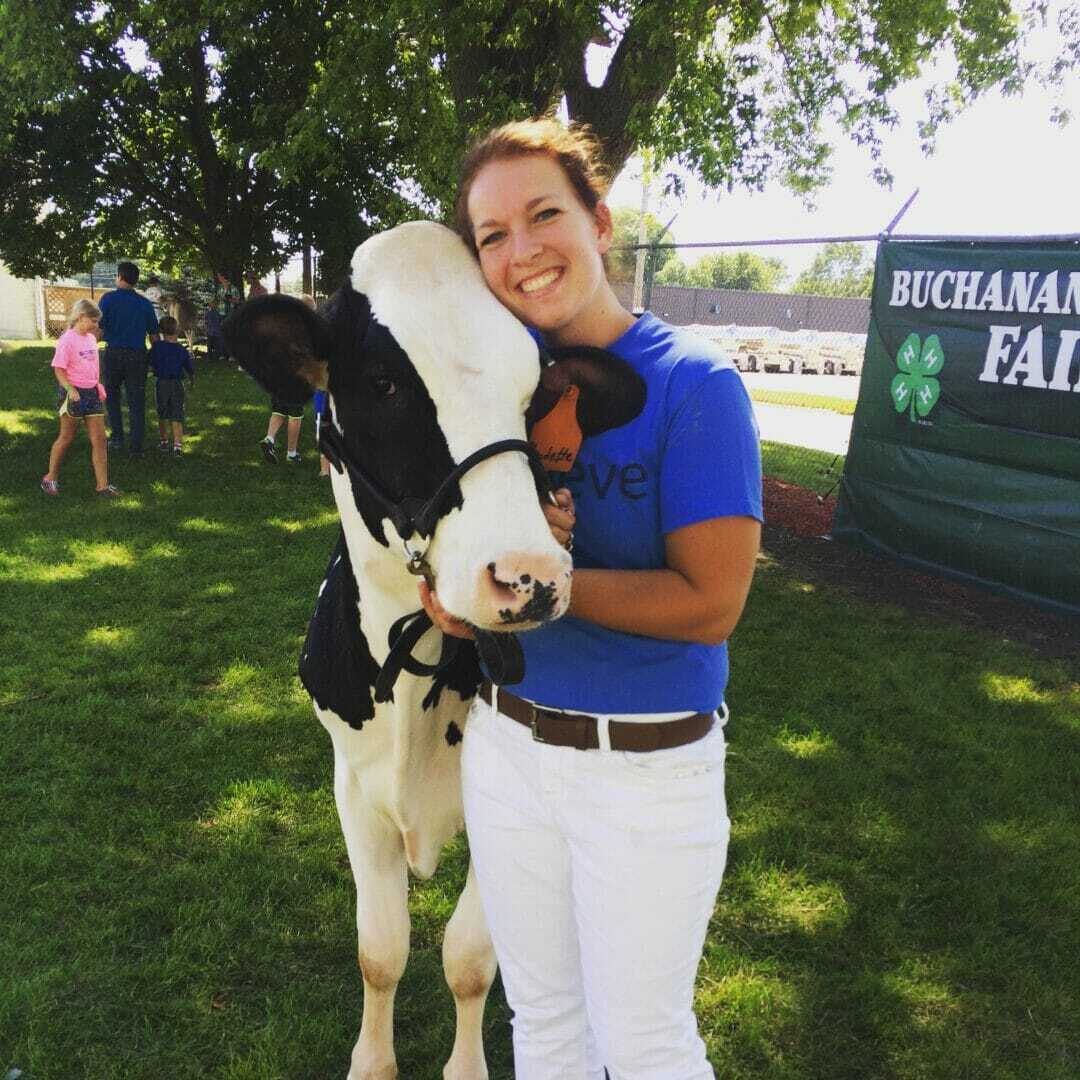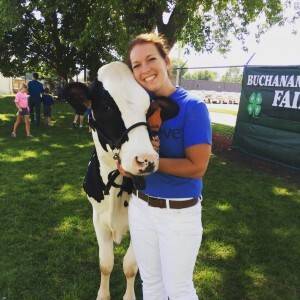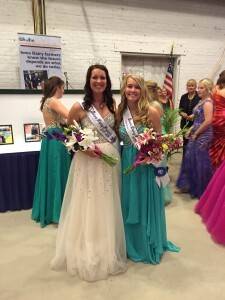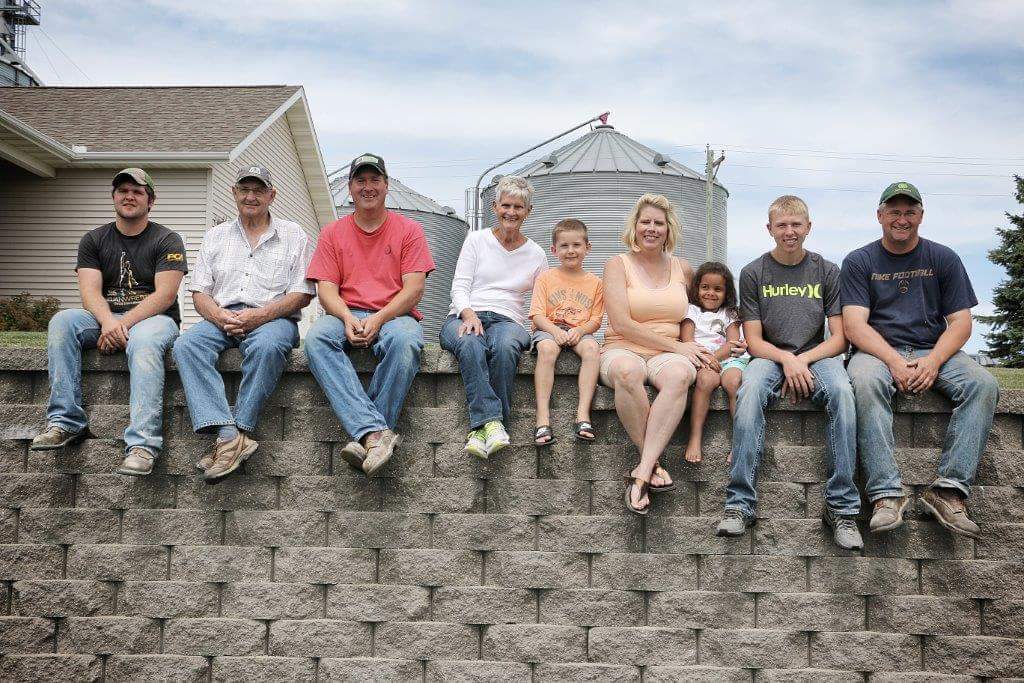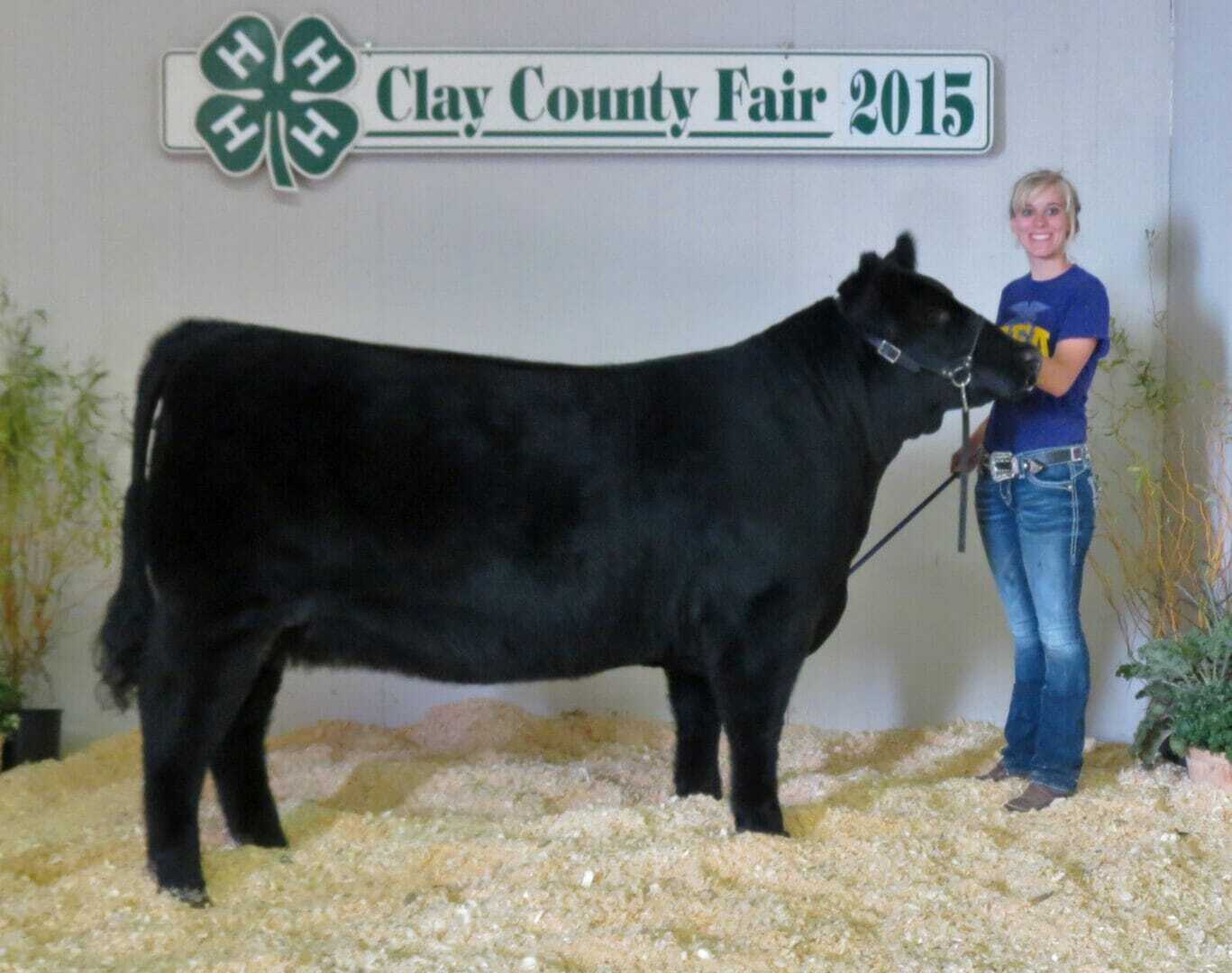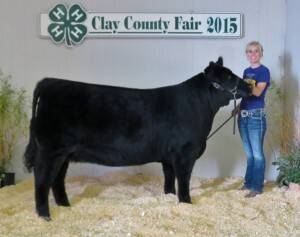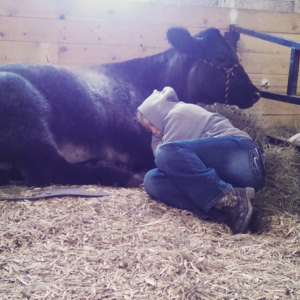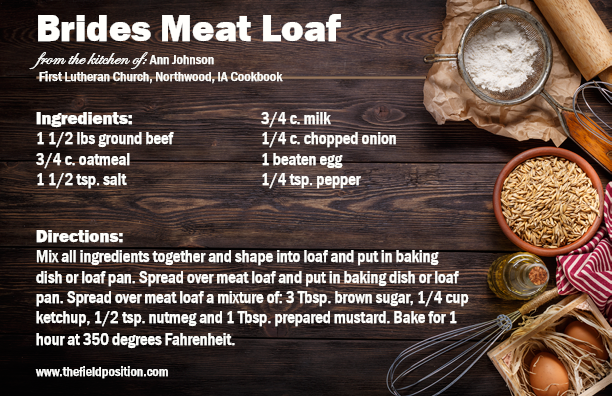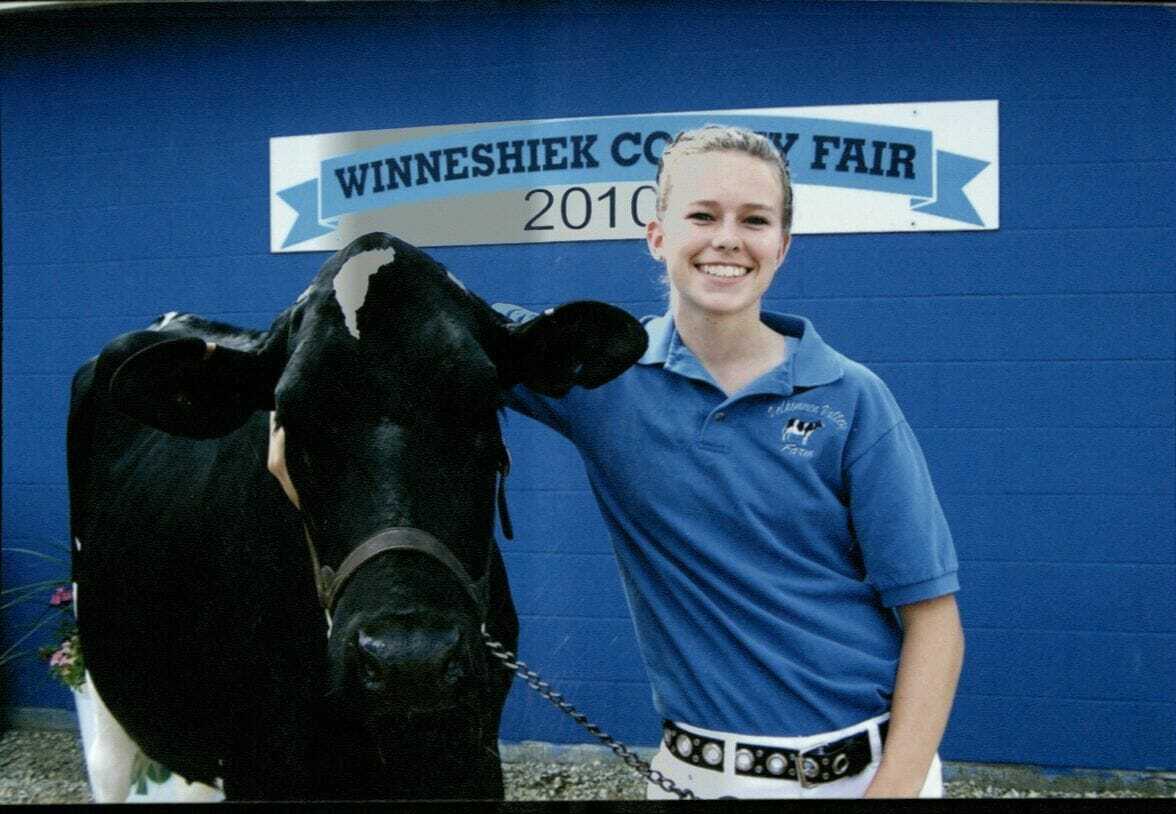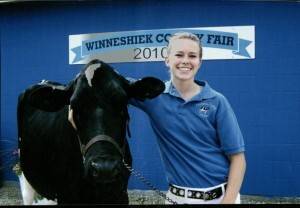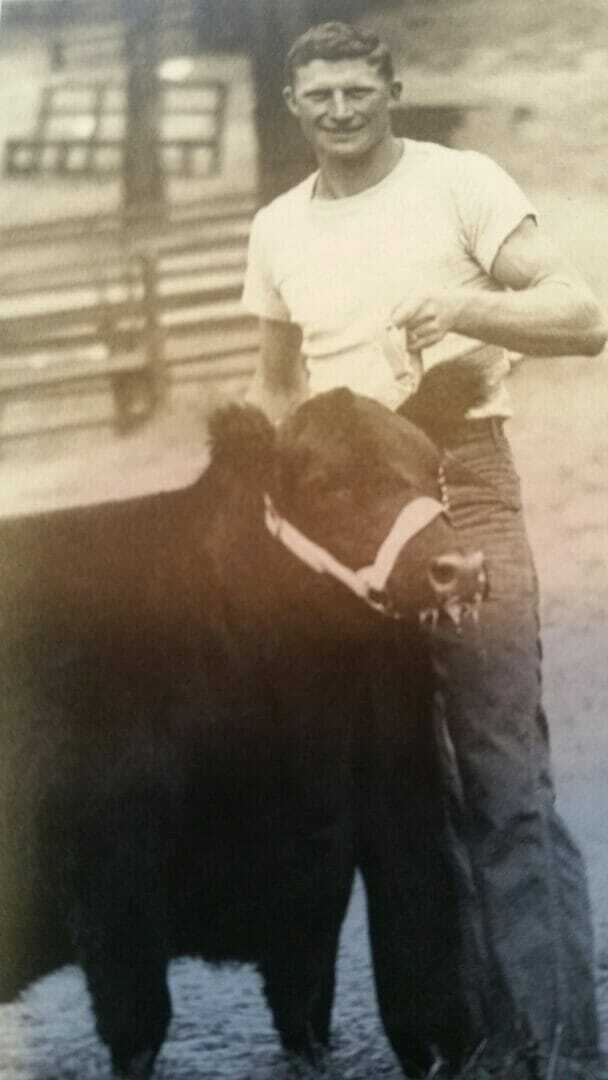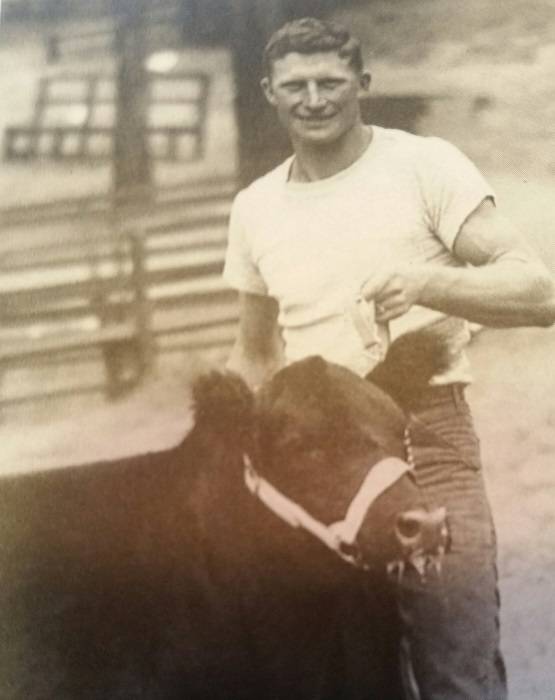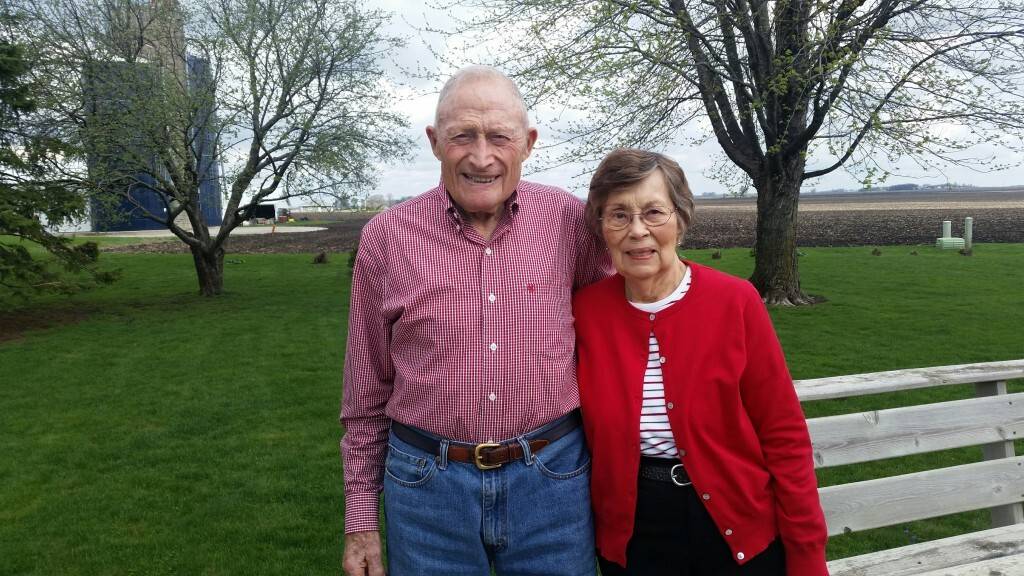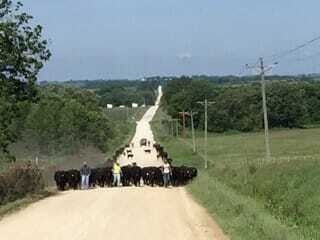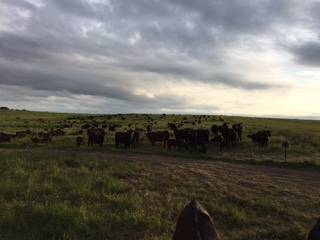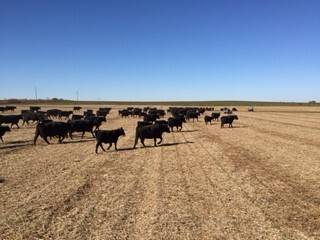 Tucked into the rolling hills of the beautiful rural eastern Iowa countryside is a treasure trove of antique iron. From the road, would never guess that this unassuming machine shed houses more than 90 restored tractors. Inside is a collector’s dream. During the Latham Freedom of Independence Ride on Aug. 19, our riders had the pleasure of walking through that door and stepping back into time.
Tucked into the rolling hills of the beautiful rural eastern Iowa countryside is a treasure trove of antique iron. From the road, would never guess that this unassuming machine shed houses more than 90 restored tractors. Inside is a collector’s dream. During the Latham Freedom of Independence Ride on Aug. 19, our riders had the pleasure of walking through that door and stepping back into time.
Kevin Miller of Dixon restored his first tractor as a young 4-H member. He restored three as 4-H projects, but his story doesn’t end there. When Kevin’s oldest son, Patrick, was old enough to join 4-H, the passion for tractor restoration was rekindled. The restoration work was so well done that Patrick’s tractor was selected to advance to the Iowa State Fair. Unfortunately, the “Selected for State” ribbon that hung on his tractor was replaced with “Outstanding Junior Achievement” as the Millers learned the hard way that first-year 4-H members aren’t eligible to compete at the Iowa State Fair.
When Patrick’s younger sister, Meghan, joined 4-H, she restored a lawn mower as her first year 4-H project. That also was the routine when their younger brother, Jacob, joined 4-H. Just as Jacob finishes his last year of FFA eligibility, Patrick’s son will enter his “lawn mower year.”
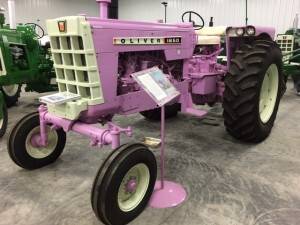 Restoring a lawn mower allows the kids to get the experience of restoring a tractor to see if it’s something they enjoy before they attempt a project that could advance to the next level, explains Kevin. All three of the Miller children joined the North Scott FFA when they were eligible, so they continue fueling their passion for tractor restoration until age 21. All three have competed and took top honors at the Iowa State Fair in either individual or team (chapter) competition as tractor restoration has grown in popularity. This year alone, Jacob entered four tractors into the state
Restoring a lawn mower allows the kids to get the experience of restoring a tractor to see if it’s something they enjoy before they attempt a project that could advance to the next level, explains Kevin. All three of the Miller children joined the North Scott FFA when they were eligible, so they continue fueling their passion for tractor restoration until age 21. All three have competed and took top honors at the Iowa State Fair in either individual or team (chapter) competition as tractor restoration has grown in popularity. This year alone, Jacob entered four tractors into the state
fair competition.
Known as the Tractor Trifecta, the Millers continue to restore tractors every year. Meghan put the finishing touches on a 4166 earlier this month. She admits that she loves the challenge involved with restoring tractors. Since the first of the year, Meghan has been videoing the restoration process for the Timeless Tractors documentary on Iowa Public Television.
“You never know what you’re getting into. A tractor might look perfectly fine from the outside, then you tear into it and realize it’s going to more work than you first thought. But I love a good challenge,” says Meghan, whose favorite tractor is a rare model 1456 International gold demonstrator. “I always wanted a 1456, so Dad bought it for me during my last year in FFA. I got reserve champion overall at the Iowa State Fair. That’s the highest I’ve ever gotten by myself, so it was pretty cool to end my FFA career that way.”
There’s more to winning top honor at the Iowa State Fair than merely rebuilding engines or having a paint job that’s silky smooth.
“Preparing for tractor judging is like studying for an oral exam,” explains Jacob. “You stand by your tractor from about 8 AM to 3 PM. When the judges come around, you have to make eye contact. You have to have good communication skills. You have to know history. Judges prove that you did your own work by asking a series of specific questions.”
Not only do the Millers know how to rebuild tractors but their grandma made sure they can make blue ribbon-winning apple pies and other dishes. They enjoy sitting down to a hearty meal, so they can spend long hours in the shop or out in the field. Today they’re sharing two of their favorite recipes with us on TheFieldPosition.


